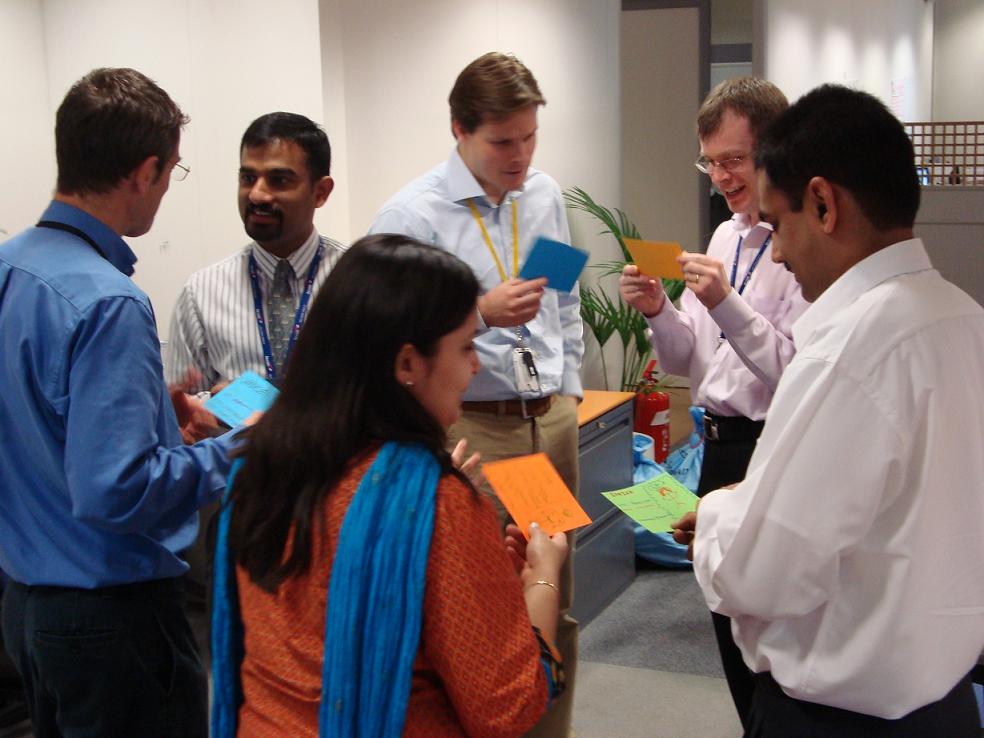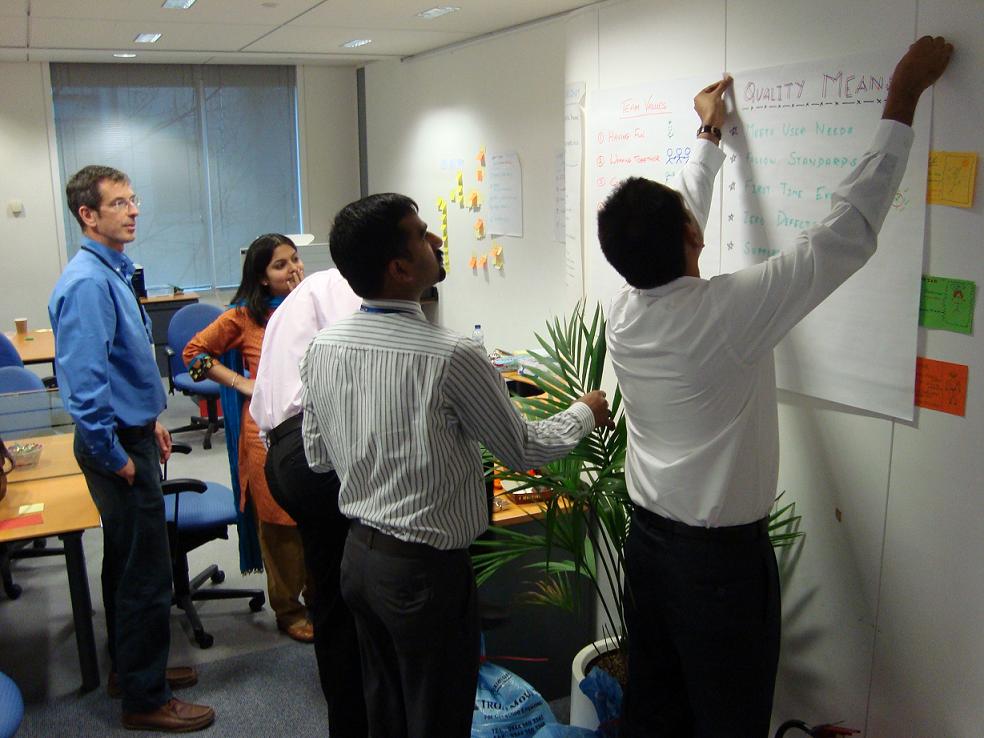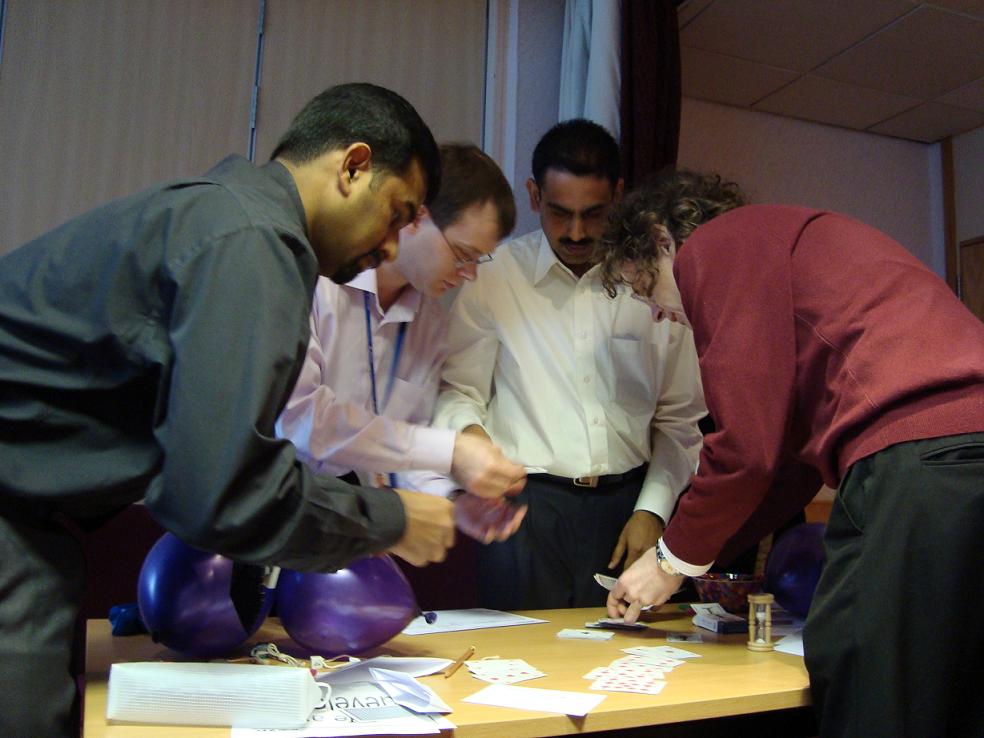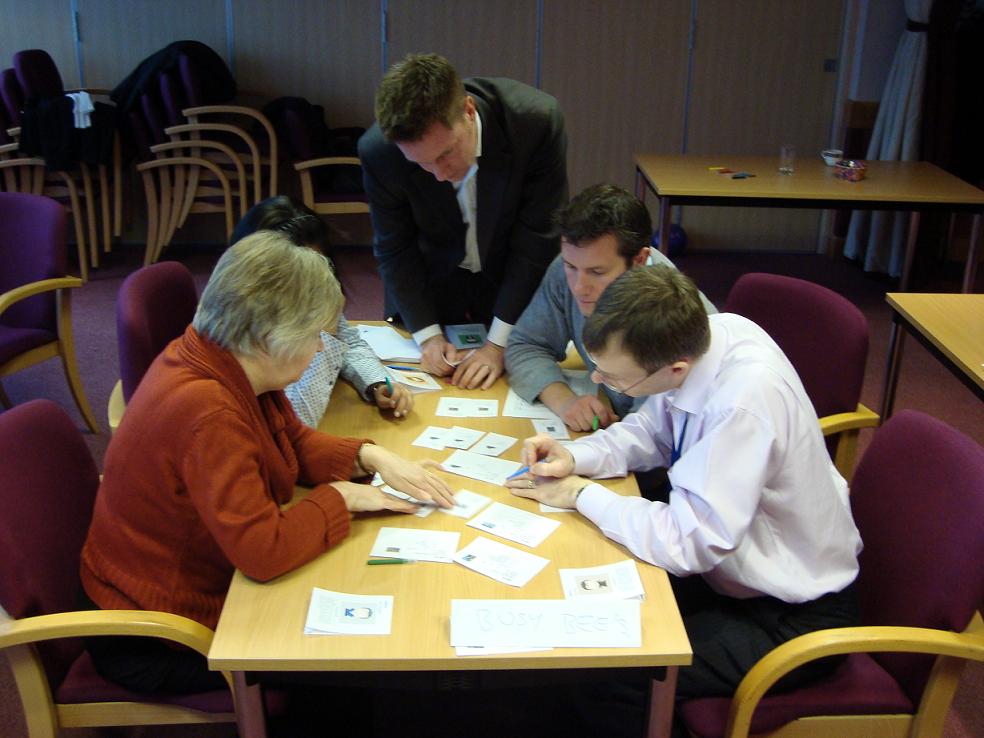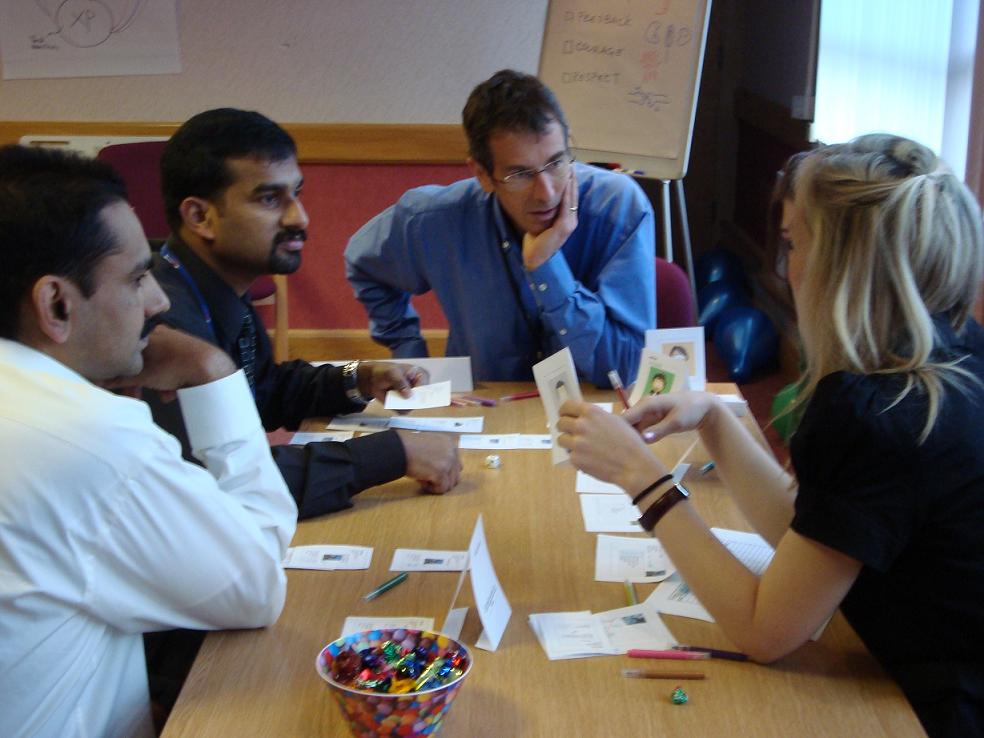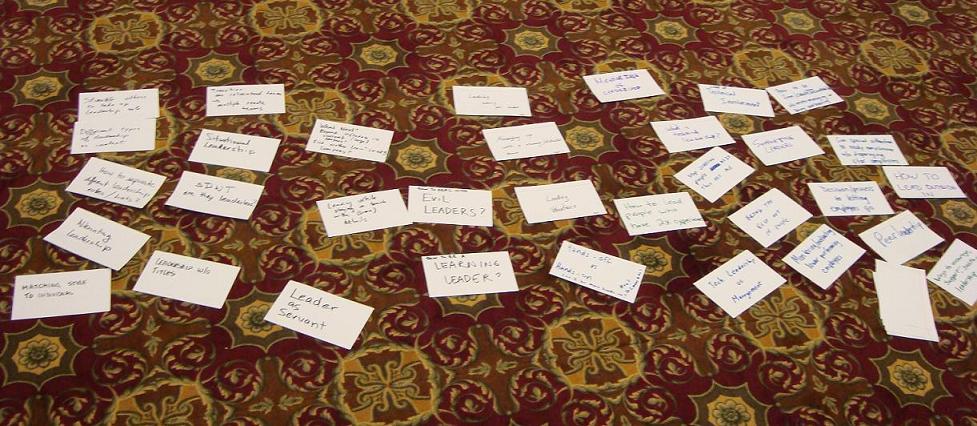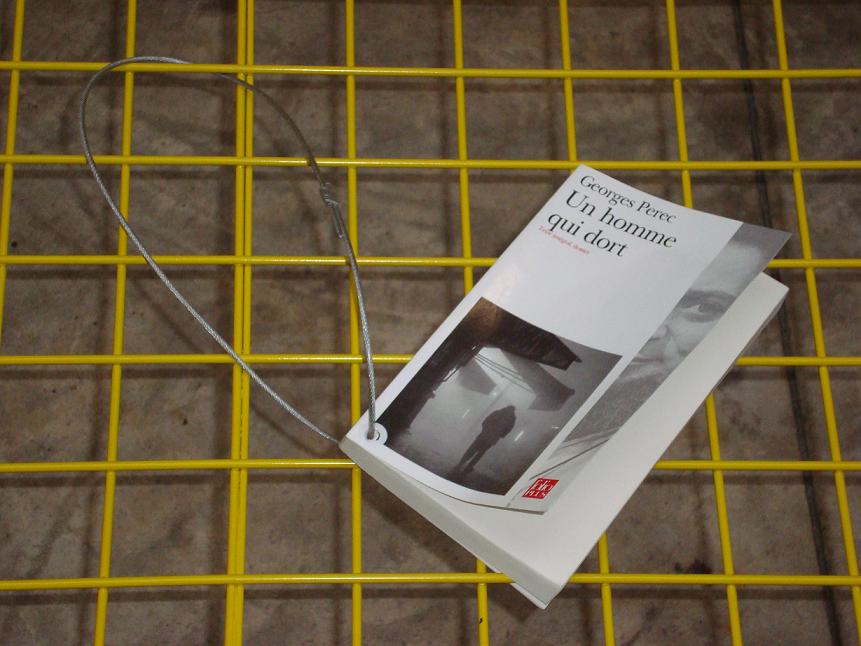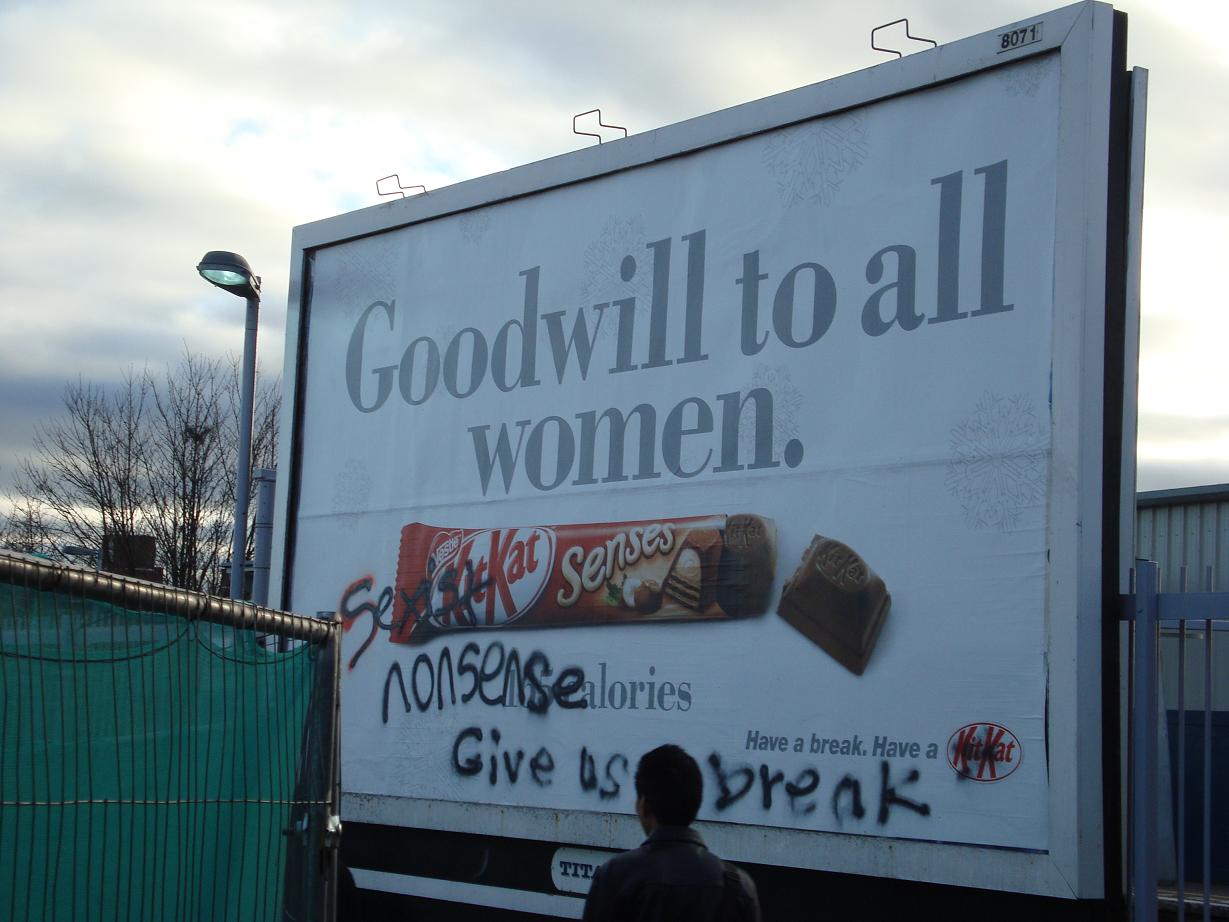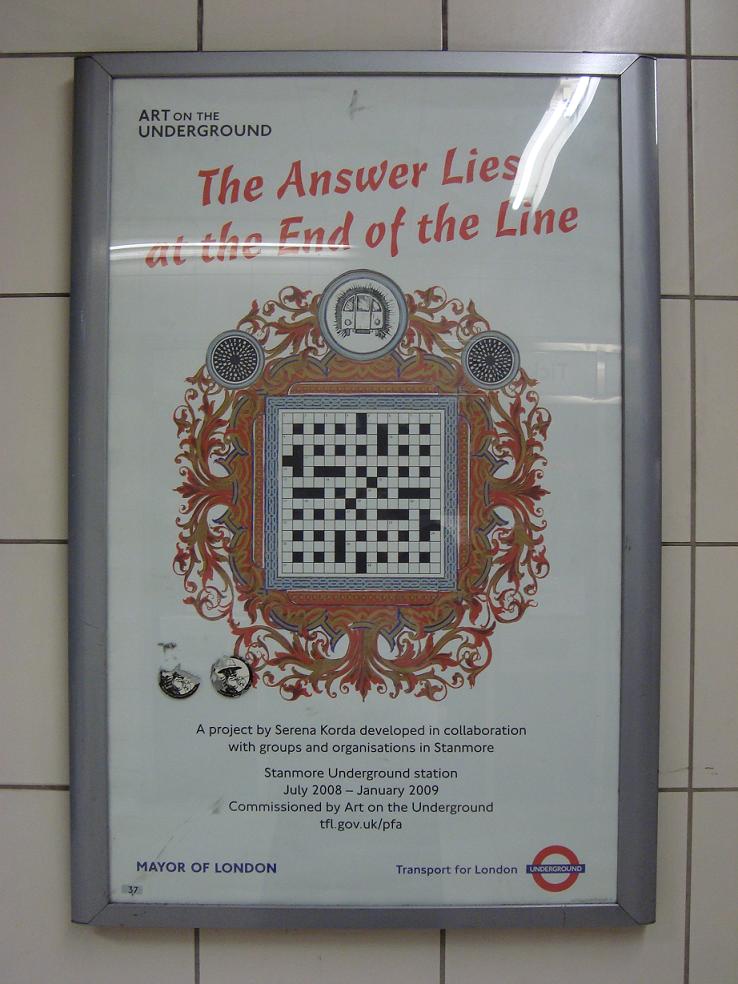
Question and Answer
(At a conference in Paris back in 2008)
G.: You understand that Agile is about people and change.
P.: Go on.
G.: There’s a film called ‘Clean‘ in which a character played by Nick Nolte says, “People change. When they don’t have a choice, they do change.” What do you think of that?
In my experience, there are two reasons why people change. One, because they want to. Two, because they have to. Think about the two kinds of reasons as an equation of sorts. Let’s imagine the Individual as the subject of change and Change as a force operating on the subject.
Type One Change: Because I want to
When you want to change, and I mean really want to change, you are committed to making it happen. That commitment is characterised by determination and perseverance.
You know there’ll be blood, sweat and tears, but it’ll be worth it. You are 100% aware of the benefits the change brings and then some. You actively look for ways to inject an element of fun into everything you do. You do this because you know having fun makes you want to do something more and doing something more makes you better and better at what you do which, in turn, accelerates the change process, taking you closer to your goal sooner.
And whenever the going gets tough, you don’t give up. Instead, you summon up the vision of what life would be like after the change and you double up your effort. You run at a steady pace. You feel empowered to determine your destiny. Change feels good.
Type Two Change: Because I have to
You are uncertain about the change happening around you. You’ve probably glimpsed your Wall and are dragging your feet. You wake up in the morning feeling glum about your work and life in general. And you’ve every right to feel the way you do. You find yourself always playing catchup and all you can think about is what happens when you get left behind. But it doesn’t have to be this way.
Type Two Change is always the more stressful of the two precisely because it feeds on negative thinking.
Change your tune to make change happen
Here’s what I do when I find myself stuck in the Type Two Change frame of mind:
- Hang out with folks who are into Type One Change: Quiz them about your concerns. Don’t worry about dampening their spirits, they’re committed to change and will appreciate your thoughts on how the change is going. Find out what keeps them going.
- Listen with an open mind: Quieten down the little voice in your head that begins every sentence with “Yes but, No but”. Challenge everything you think. Take notes so that you can replay conversations and meetings. Take time to reflect and absorb your conversations and experiences.
- Work at a sustainable pace: Going through the toughest change for me is like training for a half-marathon, it’s likely to be something entirely different for you. Find the hardest thing you can imagine doing and use that for comparison whenever the going gets tough to help put things into perspective. Remember to keep moving as well as take regular breaks. The best time to take a break is just before you need it. Avoid running on empty.
Committing to Change
It’s always better to lead yourself from the front rather than from behind. No one can make you change. Only you can change yourself. Once you think: ‘I do!’ you do.



